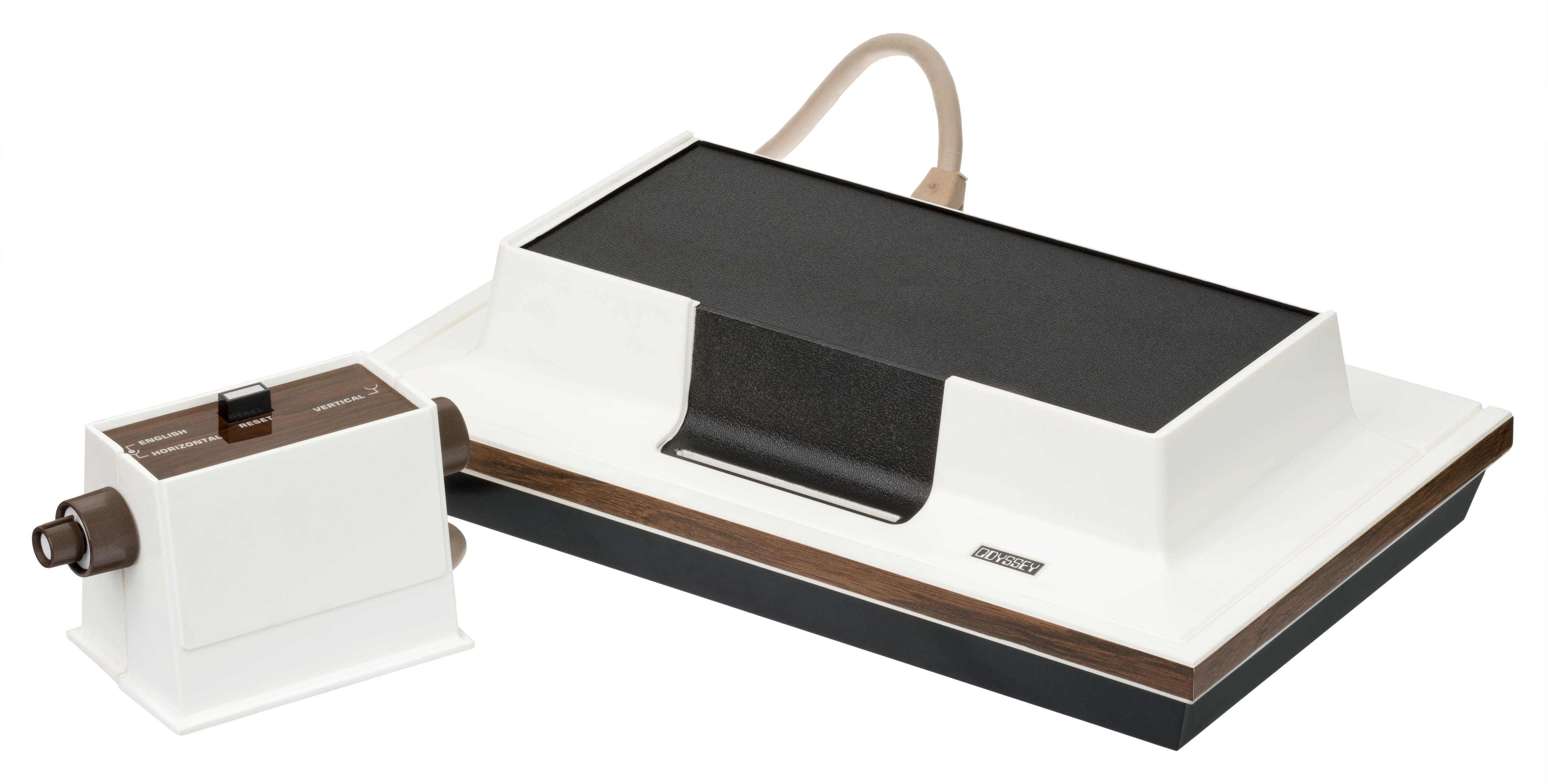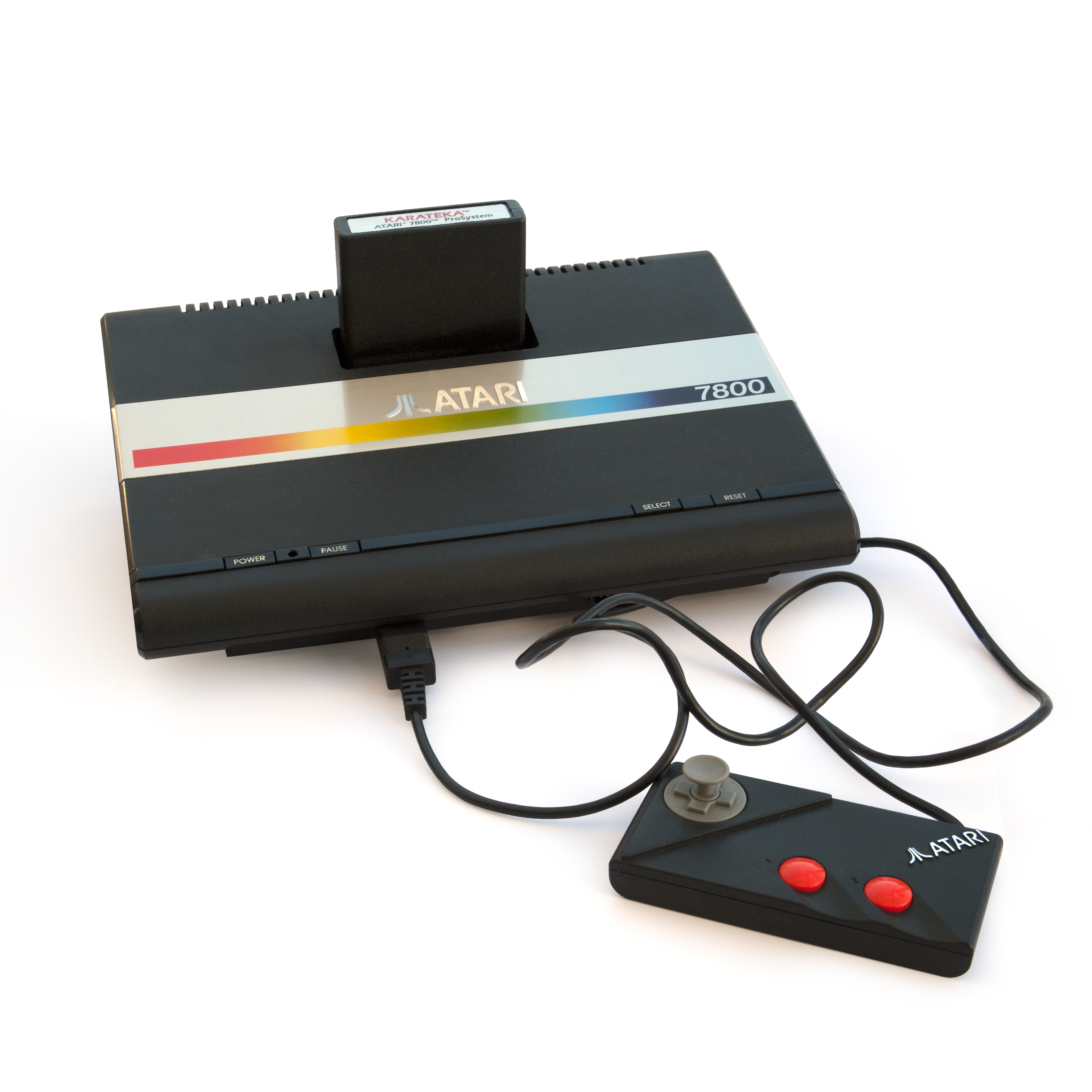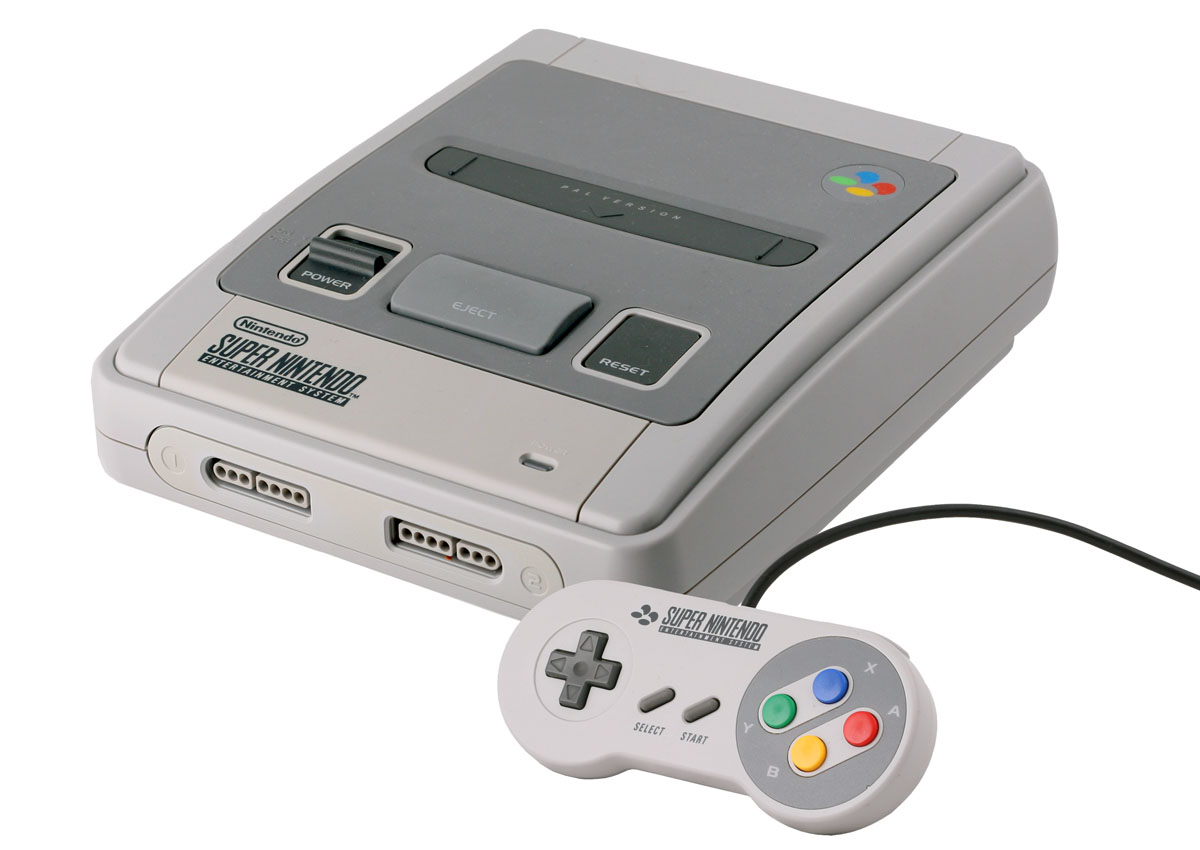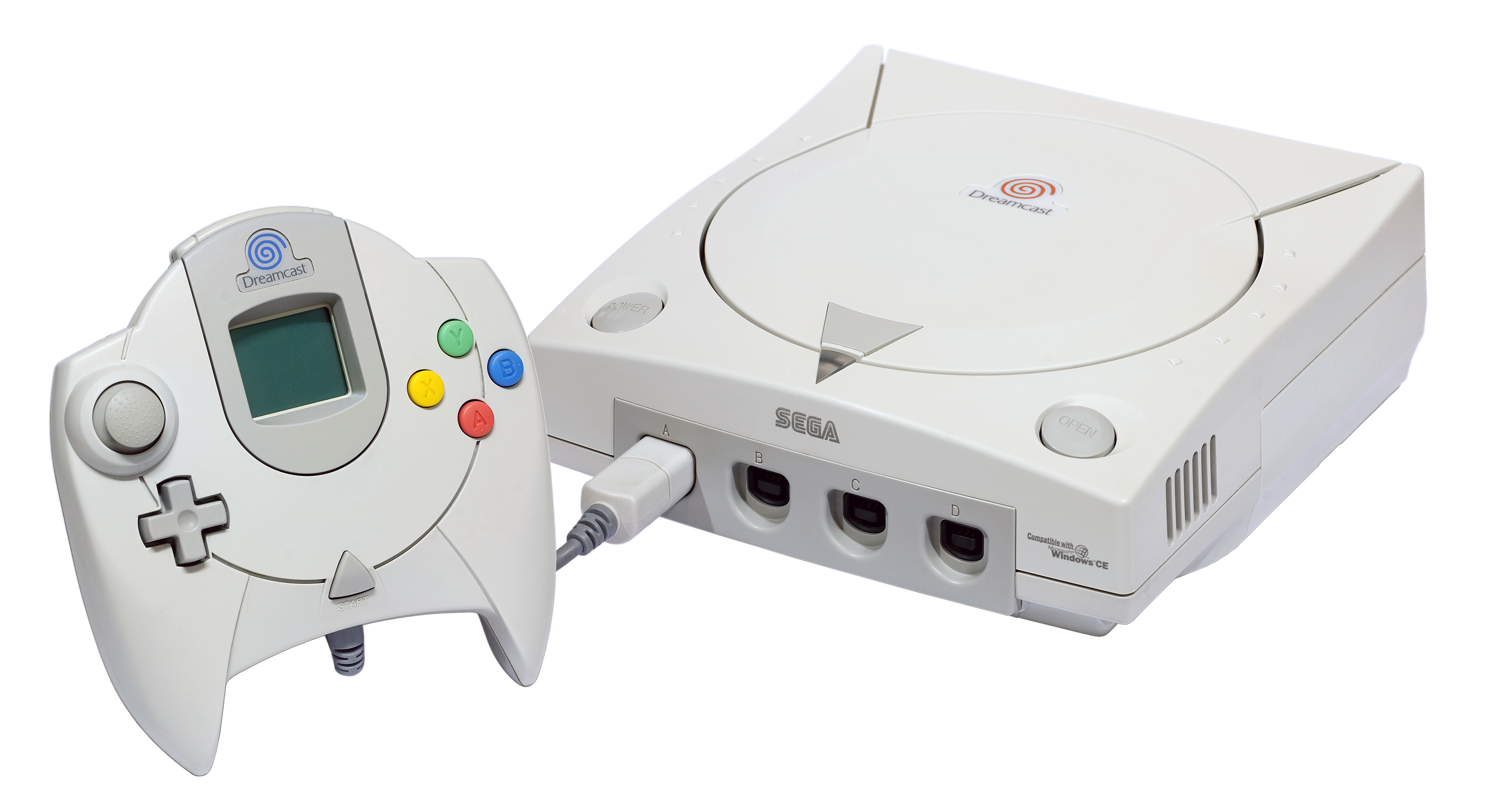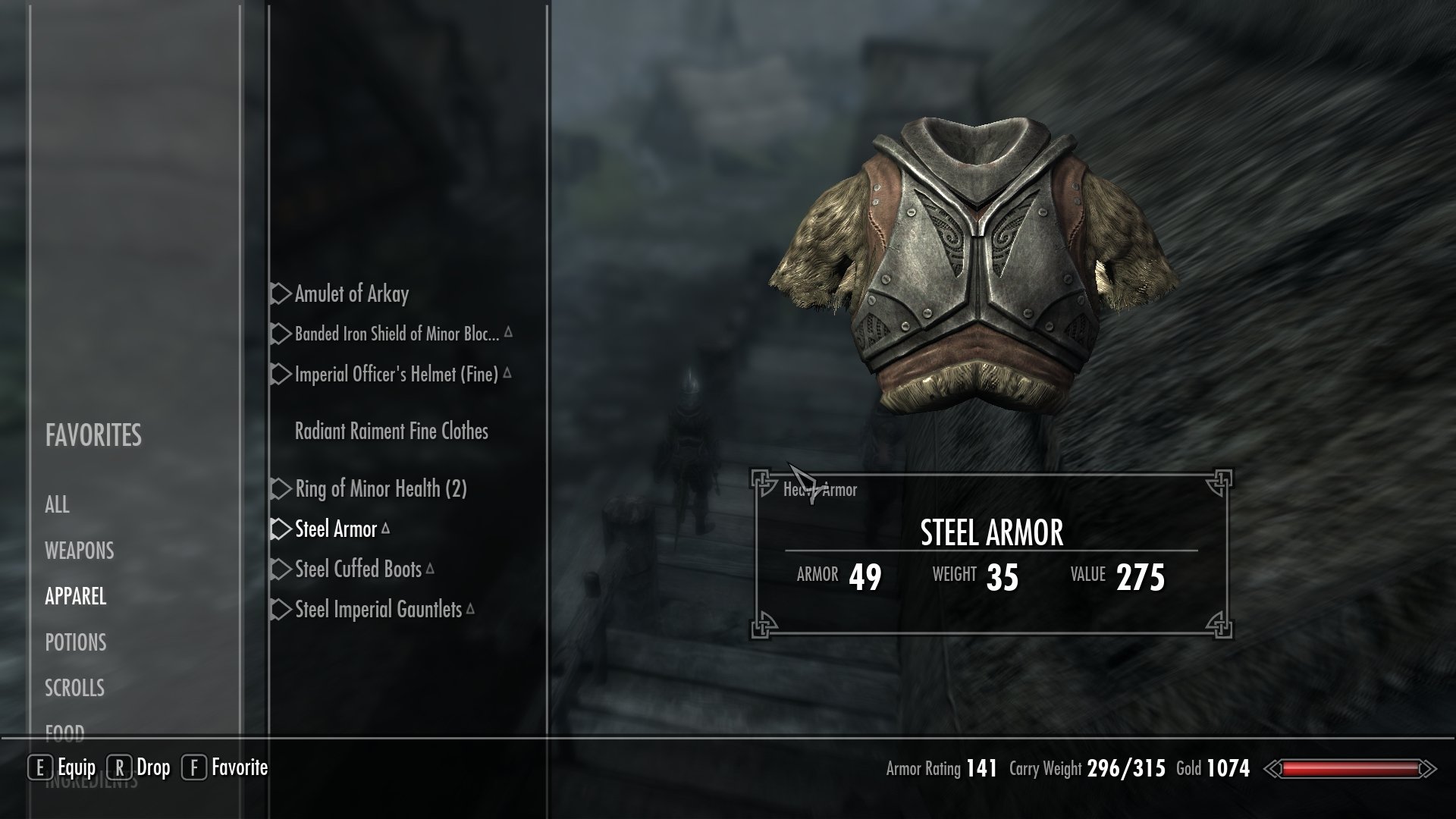 For this task I was asked to look at the feature of recycling in a film, literature, game, illustration, animation and Artist/Designer. To start I am looking at the film Robots, this film features recycling because the robots in the film will always need the spare parts to keep on functioning and carry on with their lives. Throughout this film we are shown that without the use of reusing and recycling the older and less fortunate robot will cease to exist and this is the eventual plan of the evil corporation that has taken over the city. Also through this movie we see the protagonist, Rodney, creating new inventions out of scrap as well in an attempt to help his father with his work. But when his father falls ill from his work load and the parts cannot be found our hero goes off to find Big Well the creator of the industry that distributes new part but has seemingly gone out of business as a new boss has taken over.
For this task I was asked to look at the feature of recycling in a film, literature, game, illustration, animation and Artist/Designer. To start I am looking at the film Robots, this film features recycling because the robots in the film will always need the spare parts to keep on functioning and carry on with their lives. Throughout this film we are shown that without the use of reusing and recycling the older and less fortunate robot will cease to exist and this is the eventual plan of the evil corporation that has taken over the city. Also through this movie we see the protagonist, Rodney, creating new inventions out of scrap as well in an attempt to help his father with his work. But when his father falls ill from his work load and the parts cannot be found our hero goes off to find Big Well the creator of the industry that distributes new part but has seemingly gone out of business as a new boss has taken over. The piece of literature I will be referencing will be Stig of the Dump; I have used this piece of literature because the majority of the book is set in the dump where Stig lives. The book features Barney as the main character who falls down in to an abandoned chalk mine, that the people of the town have been using as a dump even since its closure, down in this dump Barney finds himself face to face with a man who should not have walked in the same time period. Stig is a caveman with very little communication skills with Barney but even still the two become the best of friends, though Stig is kept a secret from Barneys' family as nobody would believe that there was a caveman living at the dump. This book features recycling in the way of where Barney find Stig in the first place, Stig's den, the den is mainly composed of the rubbish thrown down there by the occupants of the surrounding towns. This is the recycling that I am referring to as Stig, although from another timezone, Stig creates his own life in the dump creating a little shelter for himself that becomes a place to be for the two unlikely counterparts as the story progresses.
The piece of literature I will be referencing will be Stig of the Dump; I have used this piece of literature because the majority of the book is set in the dump where Stig lives. The book features Barney as the main character who falls down in to an abandoned chalk mine, that the people of the town have been using as a dump even since its closure, down in this dump Barney finds himself face to face with a man who should not have walked in the same time period. Stig is a caveman with very little communication skills with Barney but even still the two become the best of friends, though Stig is kept a secret from Barneys' family as nobody would believe that there was a caveman living at the dump. This book features recycling in the way of where Barney find Stig in the first place, Stig's den, the den is mainly composed of the rubbish thrown down there by the occupants of the surrounding towns. This is the recycling that I am referring to as Stig, although from another timezone, Stig creates his own life in the dump creating a little shelter for himself that becomes a place to be for the two unlikely counterparts as the story progresses. The game I will be looking at is Borderlands, Borderlands is a post apocalyptic world with many desolate lands and deserts to wander through and explore. The main story behind Borderlands is that a group of 'Vault Hunters' are after the vault that is hidden somewhere in the world you are aloud to explore. Throughout the game the use of recycling is used on the enemies of this game. The bandit and physios in this game will use the rubbish and debris to create makeshift armor with bits of pans and scraps of metal. The use of this shows that the world has become a poor place, not every enemy that uses these scraps of metal to the armor advantage as there is a group of enemies is controlled by the main boss in the game 'Handsome Jack' leader of Hyperion and the biggest weapon manufacturer in the fictitious world that you are bound to save.
The game I will be looking at is Borderlands, Borderlands is a post apocalyptic world with many desolate lands and deserts to wander through and explore. The main story behind Borderlands is that a group of 'Vault Hunters' are after the vault that is hidden somewhere in the world you are aloud to explore. Throughout the game the use of recycling is used on the enemies of this game. The bandit and physios in this game will use the rubbish and debris to create makeshift armor with bits of pans and scraps of metal. The use of this shows that the world has become a poor place, not every enemy that uses these scraps of metal to the armor advantage as there is a group of enemies is controlled by the main boss in the game 'Handsome Jack' leader of Hyperion and the biggest weapon manufacturer in the fictitious world that you are bound to save. I am using the Wombles for both the illustration and the animation, in the original Womble books the pointy nosed creature were known for their recycling of rubbish in very creative way. The use of recycling in the cartoons and the book for the Wombles was always the main message, each character would find rubbish around their home that was no long useful and create another use for them. The original book were released in 1968 by author Elisabeth Beresford, according to the books the Wombles lived in every country in the world trying to combat the amount of rubbish that is there but Beresfords story's were more concerned about the lives of the people who live in the burrow in Wimbledon Common in London. The Wombles really came to fame in their childrens television show that used stop motion to portray the wombles spectacularly.
I am using the Wombles for both the illustration and the animation, in the original Womble books the pointy nosed creature were known for their recycling of rubbish in very creative way. The use of recycling in the cartoons and the book for the Wombles was always the main message, each character would find rubbish around their home that was no long useful and create another use for them. The original book were released in 1968 by author Elisabeth Beresford, according to the books the Wombles lived in every country in the world trying to combat the amount of rubbish that is there but Beresfords story's were more concerned about the lives of the people who live in the burrow in Wimbledon Common in London. The Wombles really came to fame in their childrens television show that used stop motion to portray the wombles spectacularly.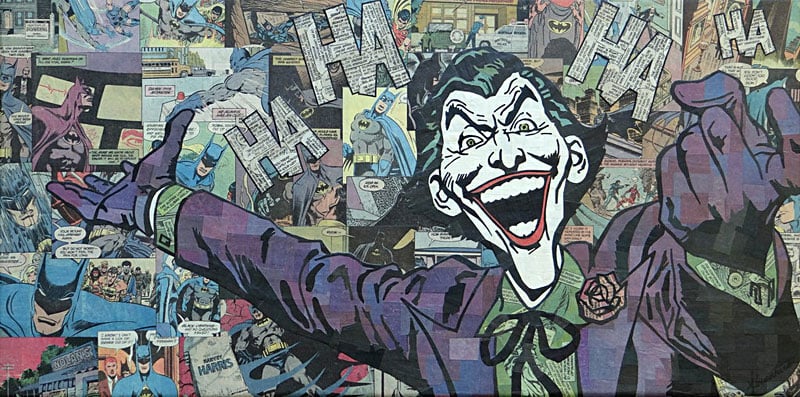 For my artist and designer I am using the work of artist Mike Alcantara, this artist uses old comic books to create new pieces that look like they have just been taken from another larger comic. This artist will use old comic books from each company, Marvel and DC, and create the characters from each of the comic. This is a great way to get rid of the old comic books that are no longer readable and in need of getting rid of. I love the way the end product comes out and a lot of work has gone in to each piece and each one is fantastic.
For my artist and designer I am using the work of artist Mike Alcantara, this artist uses old comic books to create new pieces that look like they have just been taken from another larger comic. This artist will use old comic books from each company, Marvel and DC, and create the characters from each of the comic. This is a great way to get rid of the old comic books that are no longer readable and in need of getting rid of. I love the way the end product comes out and a lot of work has gone in to each piece and each one is fantastic.